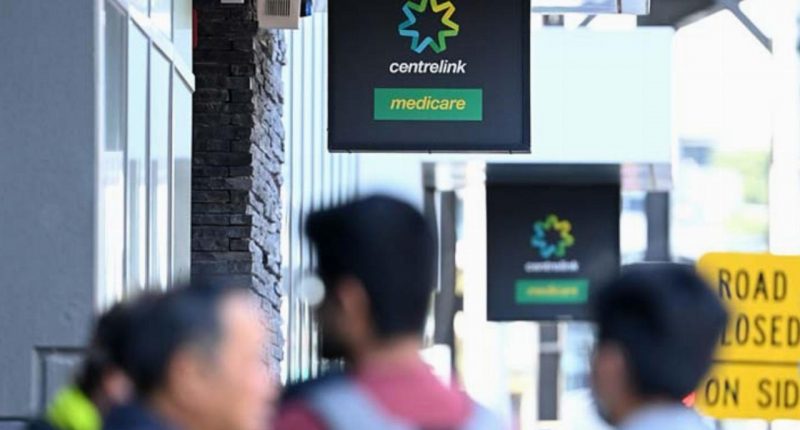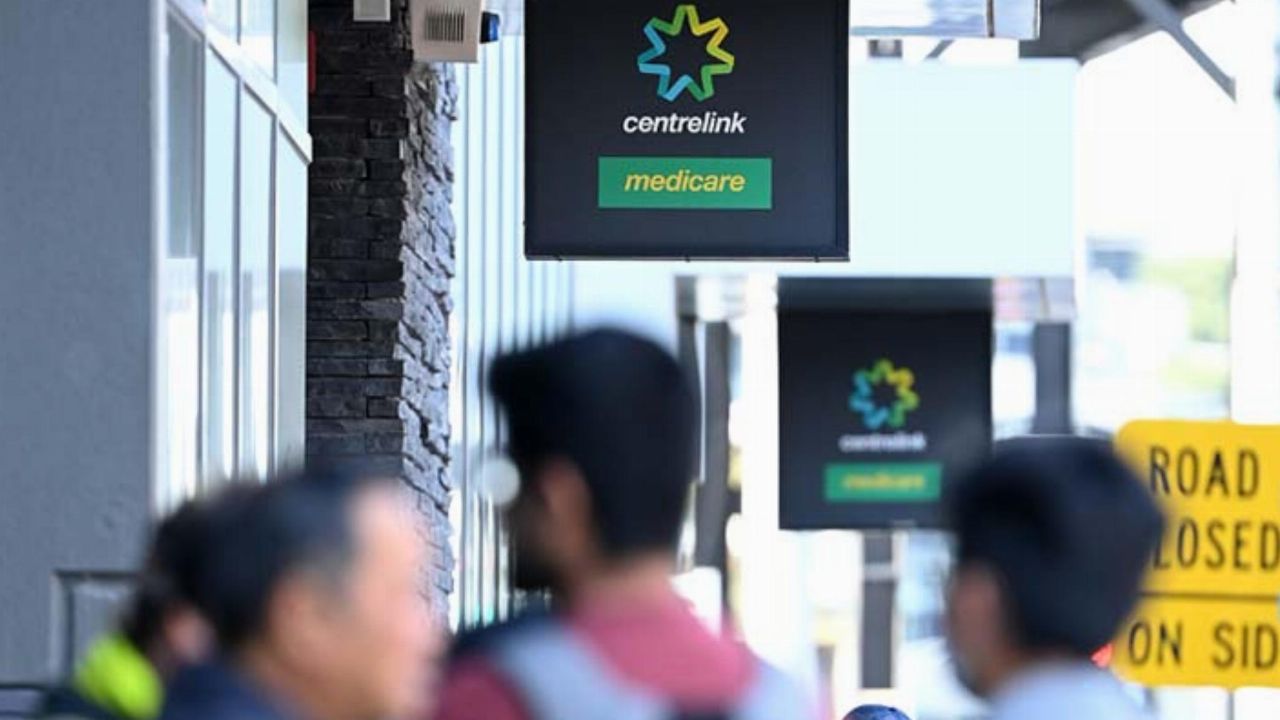- The number of job vacancies in Australia has increased by 23 per cent over the November quarter, according to the Australian Bureau of Statistics (ABS)
- The ABS said 254,000 new vacancies were advertised during the November period, which is higher than pre-COVID-19 levels seen in February
- The resurgence in vacancies is being credited to the widespread relaxing of COVID-19 restrictions across the East Coast of Australia
- Tasmania led the charge, recording a 50.4 per cent increase in job vacancies between the August and November periods
- Additionally, the private sector also recorded stronger growth compared to the public sector — up 24.2 per cent and 16.9 per cent respectively
New figures from Australian Bureau of Statistics (ABS) show the number of job vacancies in Australia has increased by 23 per cent over the November quarter.
Those figures show the country has begun to eclipse the level of job vacancies recorded pre-COVID-19 in February 2020.
The resurgence in vacancies is being credited to the widespread relaxing of COVID-19 restrictions across the East Coast of Australia.
“There were 254,000 job vacancies in November, which was higher than the pre-COVID level in February,” ABS Labour Statistics Head Bjorn Jarvis said.
“This reflected the pace of recovery in labour demand in the second half of the year and labour shortages in some industries,” he added.
Job vacancies rose by 48,000 in the November quarter, following on from the sharp rise of 77,000 new vacancies in the August quarter.
Tasmania led the charge among the individual state and territories, recording a 50.4 per cent increase in job vacancies between August and November.
The Northern Territory was the worst performer, only recording a 0.1 per cent increase between the same period, while all states recorded positive growth.
Additionally, the private sector outperformed the public sector in terms of vacancy growth — up 24.2 per cent and 16.9 per cent respectively.
Compared to pre-COVID-19, in February, the public sector had only grown by 1 per cent in the November quarter — likely affected by a tightening on public spending.








